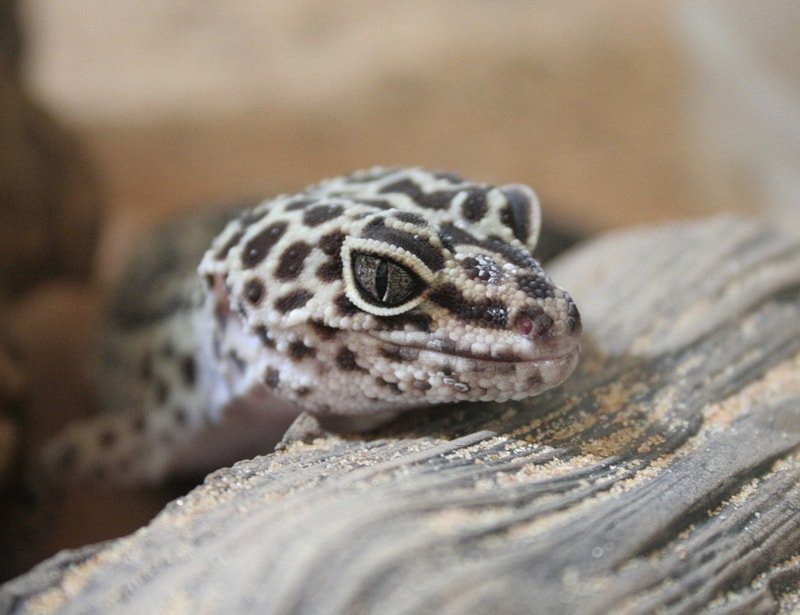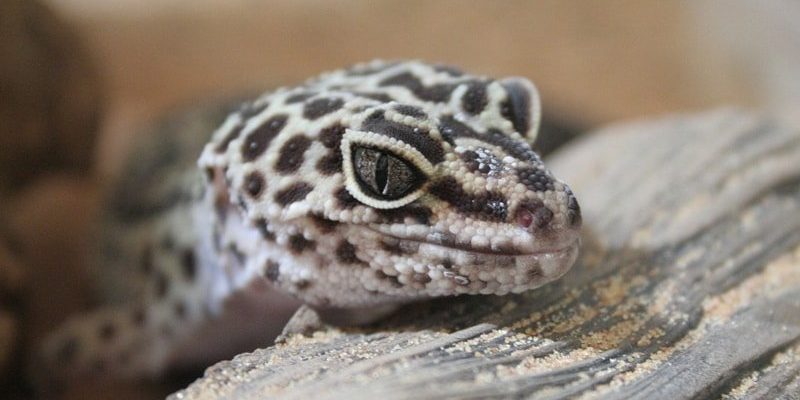
Still, there’s a lot of misinformation floating around about geckos. You might have heard some wild claims or odd beliefs about them. Are they really good pets? Can they really detach their tails? Honestly, it’s easy to get lost in the jungle of facts and myths. So, let’s dig into some common myths and facts about geckos to clear things up.
Myth 1: All Geckos Can Change Color
You might think geckos are like chameleons, able to blend into any background just by thinking about it. Here’s the thing: geckos actually cannot change color in the same way chameleons do. Chameleons have special cells in their skin that allow them to adjust their color for camouflage or communication, while geckos are limited in this ability.
Some gecko species can alter their skin brightness or patterns slightly due to changes in mood or temperature, but it’s not as pronounced as what chameleons can do. For example, the popular *Leopard Gecko* can get darker when excited or stressed. However, that doesn’t mean it’s changing color completely. So, while geckos have their unique tricks, they won’t suddenly become a rainbow lizard to hide from predators!
Myth 2: Geckos Are Nocturnal and Only Come Out at Night
It’s common to think of geckos as solely nocturnal creatures that come out only when the sun goes down. This is partly true for many gecko species, but not all! While species like the *Madagascar Day Gecko* are active during the day, others prefer the cover of night.
Being nocturnal helps some geckos avoid predators and hunt for insects, but it doesn’t mean all of them are strictly night dwellers. The diversity of gecko behavior means that you can spot some of them basking in the sun! In fact, having a mixture of both diurnal (day-active) and nocturnal species can make for a more interesting pet habitat. So don’t be surprised if your gecko decides it’s a sunny day and wants to soak it up!
Myth 3: Geckos Can Regenerate Their Tails
You might have heard that geckos can grow back their tails if they lose them. While there’s some truth to that, it’s not quite as simple as it sounds. When a gecko loses its tail (a process called autotomy), it can indeed regrow a new one, but the new tail isn’t exactly the same.
The regenerated tail is often made of cartilage rather than bone and tends to differ in color and texture from the original. Think of it like a gecko getting a “replacement part” for a car—functional, but not quite the same as the original. While this is a handy survival tactic, it can also take quite a bit of time and energy for the gecko to grow back its tail.
Myth 4: Geckos Are Dangerous Pets
If you’re thinking about getting a pet gecko, you might be worried about their safety. Let me explain: geckos are generally not dangerous, and many species, like the *Leopard Gecko* and *Crested Gecko*, are quite popular as pets. They’re small, friendly, and usually don’t bite unless they feel threatened.
In fact, most geckos are low-maintenance and have gentle personalities. The biggest concerns come from providing the right habitat and diet to keep them healthy. Regular feeding of appropriate insects and maintaining the right temperature in their enclosure are key. Plus, there’s something comforting about having a little lizard friend to watch as they explore their home.
Myth 5: Geckos Are Only Found in Tropical Areas
While it’s true that many gecko species thrive in tropical regions, the reality is that geckos can adapt to a wide range of environments. From the dry deserts of Africa to the forests of Southeast Asia, geckos are resourceful and resilient.
Take the *Common House Gecko*, for example—it’s known to live in a variety of habitats, including urban areas and homes worldwide. They’ve become quite adept at living alongside humans! This adaptability is part of what makes geckos such fascinating creatures. So, whether you’re in the tropics or a bustling city, you might just spot a gecko sneaking around.
Myth 6: All Geckos Eat the Same Things
Here’s a surprising fact: not all geckos have the same diet. While many geckos primarily munch on insects, some have broader taste preferences. For instance, some species, like the *Crested Gecko*, enjoy fruits and nectar as well.
Feeding your pet gecko isn’t just a one-size-fits-all situation. You need to know what type of gecko you have and what it naturally eats. Generally, a mix of insects, fruits, and specialized gecko food can help keep them healthy. So, think of it like planning a balanced menu—your gecko deserves a variety of tasty options!
Geckos are amazing little critters that come packed with interesting quirks and traits. From their surprising diets to certain misconceptions about their behavior, there’s so much to explore. Understanding the facts behind these common myths can help you appreciate these fascinating creatures even more—whether you’re thinking of getting one as a pet or just marveling at them in the wild.
Next time you hear something about geckos, remember: while some things might seem true at first glance, it’s always worth digging a little deeper. A bit of knowledge can help you see these little lizards in a new light!

